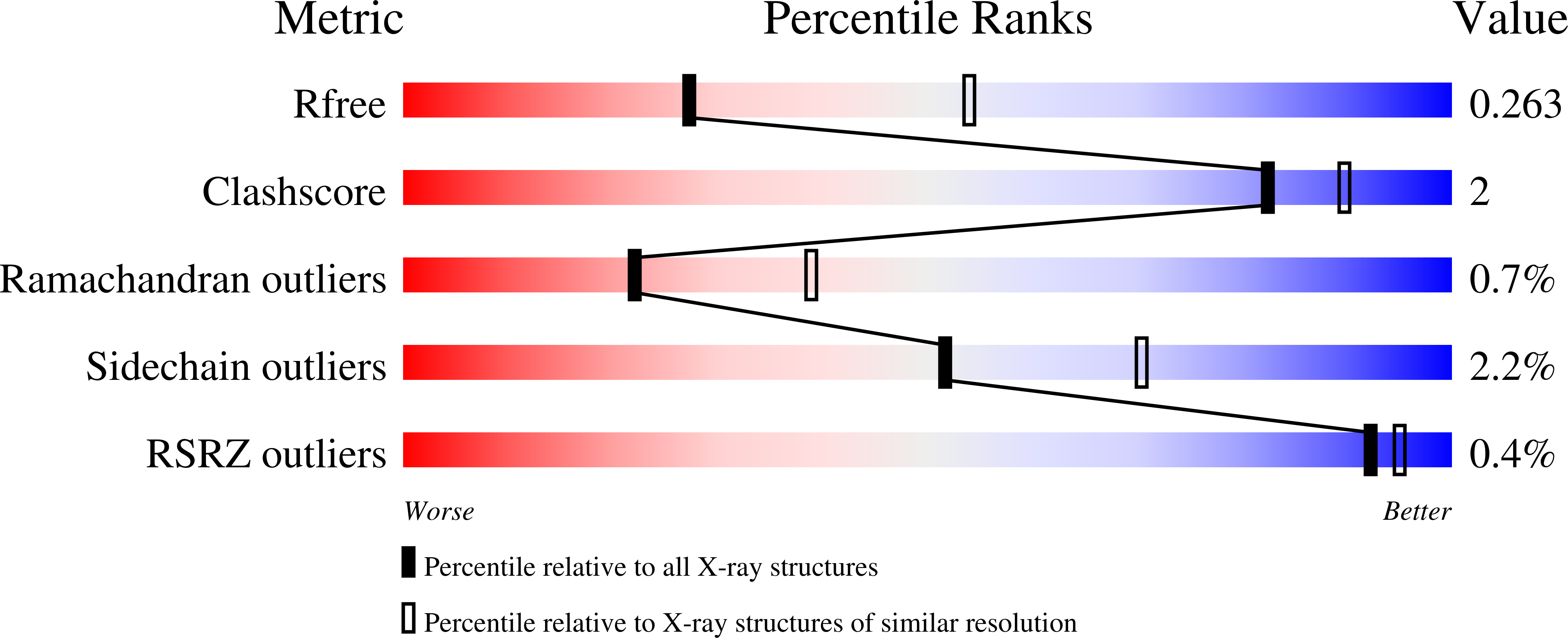
Deposition Date
2022-03-31
Release Date
2022-04-13
Last Version Date
2023-10-18
Entry Detail
PDB ID:
7UJS
Keywords:
Title:
Cocrystal structure of human CaMKII-alpha (CAMK2A)kinase domain and GluN2B in complex with ADP
Biological Source:
Source Organism:
Homo sapiens (Taxon ID: 9606)
Host Organism:
Method Details:
Experimental Method:
Resolution:
2.75 Å
R-Value Free:
0.26
R-Value Work:
0.19
R-Value Observed:
0.20
Space Group:
P 1 21 1


